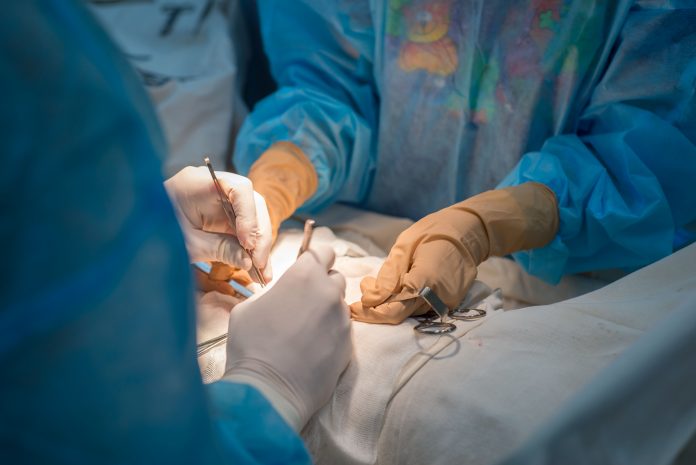MIT researchers, inspired by the way a barnacle clings to a rock, have invented a medical glue that can seal injured tissues and stop bleeding within 15 seconds
The paste can stick to surfaces which are covered with blood, forming a tight seal within 15 seconds of application. The glue could help control bleeding during surgeries, increasing chances of survival and recovery in complex procedures.
“We are solving an adhesion problem in a challenging environment, which is this wet, dynamic environment of human tissues. At the same time, we are trying to translate this fundamental knowledge into real products that can save lives,” said Xuanhe Zhao, a senior author and a professor of engineering at MIT.
MIT Research Scientist Hyunwoo Yuk and postdoc Jingjing Wu are the lead authors of the study.
Is there a medical tool that can do this already?
Not really.
In recent years, some materials that can halt bleeding, also called hemostatic agents, have become commercially available. Many of these consist of patches that contain clotting factors, which help blood to clot on its own.
However, this type of thing needs several minutes to form a seal and don’t always work on wounds that are bleeding intensively.
Professor Zhao’s lab has been working on this for a while. In 2019, his team developed a double-sided tissue tape and showed that it could be used to close surgical incisions.
This tape, inspired by the sticky material that spiders use to capture their prey in wet conditions, includes charged polysaccharides that can absorb water from a surface almost instantaneously, clearing off a small dry patch that the glue can stick to.
The barnacle clinging to the rock, the seal clinging to the wound
The research team, inspired before by the spider, now looked to another aspect of nature: a humble barnacle, clinging to a rock in wet, slippery conditions.
“This caught our eye,” Yuk says.
“It’s very interesting because to seal bleeding tissues, you have to fight with not only wetness but also the contamination from this outcoming blood. We found that this creature living in a marine environment is doing exactly the same thing that we have to do to deal with complicated bleeding issues.”
After analysing the barnacle, the researchers found that the sticky protein molecules that help barnacles attach to surfaces are suspended in an oil that repels water and any contaminants found on the surface – meaning adhesive proteins could attach strongly to the surface.
The MIT team decided to try to mimic this glue by adapting an adhesive they had previously developed. They froze sheets of this material, ground it into microparticles, and then suspended those particles in medical grade silicone oil.
Studies found that the medical glue lasts for weeks
The tissue in pigs had enough time to heal, in studies done in collaboration with Mayo Clinic. The glue appeared to not induce inflammation, unlike hemostatic agents.
The glue is slowly resorbed within the body over months, and it can also be removed earlier by applying a solution that dissolves it – if surgeons need to go in after the initial application to repair the wound.
Looking at the effects, the team propose that it could be very useful in preventing blood-infections during extracorporeal membrane oxygenation (ECMO) procedures and extensive surgeries. ECMO procedures are expensive, but can save the life of someone with severe heart or lung issues – as seen in limited ECMO use, mid-pandemic in the US.
Nabzdyk commented: “We’re technically capable of carrying out a lot of complicated surgeries, but we haven’t really advanced as fast in the ability to control especially severe bleeding expeditiously.”











